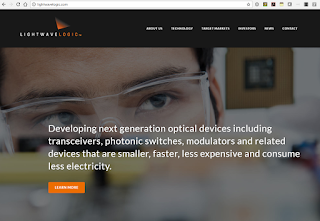Amazon Web Services (AWS) delivered Q1 2017 sales of $3.661 billion, up 43% year over year. Quarterly operating income was $890 million, up 48% year over year.
Some additional AWS highlights from the quarterly report:
http://phx.corporate-ir.net/phoenix.zhtml?c=97664&p=irol-presentations
Some additional AWS highlights from the quarterly report:
- AWS announced it will open an infrastructure region with three Availability Zones in Sweden in 2018. AWS currently operates 42 Availability Zones across 16 infrastructure regions worldwide, with another five Availability Zones across two AWS Regions in France and China expected to come online this year.
- Recent AWS enterprise customer highlights include: Live Nation, the world’s leading live entertainment and ticketing company, announced it is going “all-in” on AWS; Dunkin’ Brands Group, Inc., the parent company of Dunkin’ Donuts and Baskin-Robbins, migrated their business-critical mobile applications, e-commerce websites, and key corporate IT infrastructure applications to AWS; HERE Technologies, a leading global provider of maps and location services, disclosed that AWS is its preferred cloud infrastructure provider and continues to expand its use of AWS to power its new Open Location Platform services; Liberty Mutual announced it is using AWS to speed implementation of a new state-of-the-art business platform to quickly bring new products and capabilities to their customers and operations; and Snap, Inc. expanded their use of AWS and announced a new, enterprise agreement to use $1 billion of AWS services over the next five years.
- AWS announced that customers have migrated more than 23,000 databases using the AWS Database Migration Service since it became generally available in 2016.

http://phx.corporate-ir.net/phoenix.zhtml?c=97664&p=irol-presentations



















